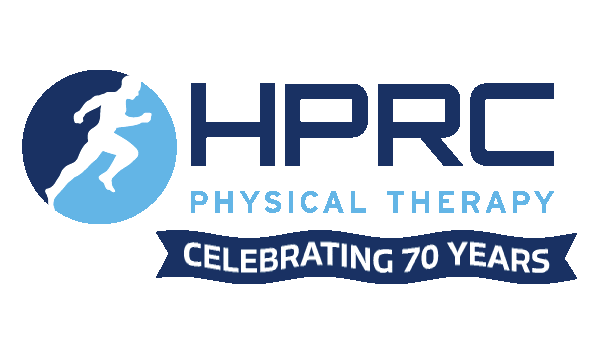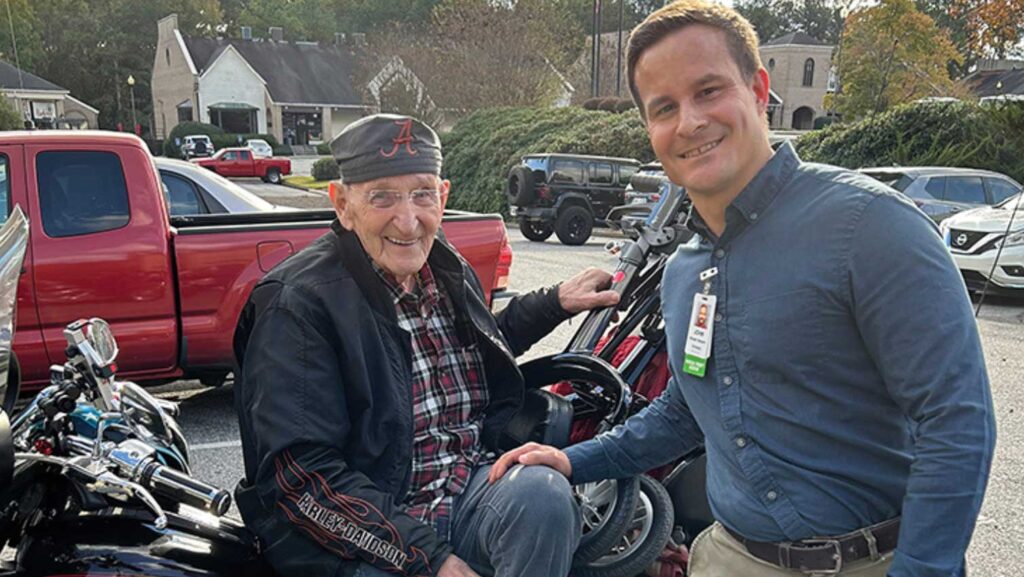“I heard it go ‘pop,’” an athlete says with dread.
That sickening sound and a sudden pain in the knee point to the culprit: an ACL tear. Sports that demand sudden stops and quick lateral movements like football, soccer and basketball are hotbeds for ACL tears. Here’s what an athlete needs to know about recovering from this common sports injury.
About the injury
The anterior cruciate ligament (ACL) is one of four main ligaments in the knee that connect the femur above the knee to the tibia below. Injuries to the ACL can happen to anyone, but they are common among competitive athletes in their late teens to mid- to late twenties. As more young people are participating in sports with higher levels of athleticism, the injury is on the rise. According to the American Academy of Orthopaedic Surgeons, the annual incident rate of ACL injury is about 200,000 with 100,000 ACL reconstructions performed a year.
How it happens
ACL injuries often occur when an athlete makes a quick stop, plants his or her foot and then changes direction. The abrupt change of speed combined with an abrupt change in direction stresses the ACL, which can tear and make a popping sound. Pain and swelling sets in quickly. Athletes will generally opt for reconstructive surgery of the ligament to maximize their ability to resume competition.
The road to recovery
Orthopedic surgeons thread in a new tendon to replace the torn ACL that is taken from the patient’s hamstring or from a cadaver. A patient will usually be on crutches for the first couple of weeks after surgery. The rehabilitation plan is dependent on the extent of injuries sustained during an ACL tear; it’s not uncommon to also experience damage to the meniscus. Therapy starts with very limited weight-bearing exercises that will slowly increase over time.
Strengthening the quadriceps is the primary goal of first 6 weeks of therapy. This helps provide stability to knee. The physical therapist will then move to short arc exercises, straight leg raises, hip strengthening and some balance exercises.
During the first 6 weeks, the goal is to increase range of motion — helping a patient go from zero to 135 degrees of flexion.
At the 8 to 12-week mark, the healing process is well underway with the reconstructed tendon tightening down as it should. Balance and biomechanics become key therapy priorities. Patients also progress into plyometric training, working their way up to light jogging and mild ladder drills at about the 10-week juncture. After 12-16 weeks, patients get into heavier plyometrics with the intention of soon getting back into their chosen sport. The therapist observes movement and watches for any signs of instability or imbalance.
Listen to your PT
Throughout therapy, it’s critical that a patient stick to the prescribed home exercise program to supplement therapy sessions. It’s also important a patient understand that the adage “no pain, no gain” does not apply to ACL recovery. Take it slow and allow the ligament to fully heal in place. Patience goes a long way in preventing future injury.
Make an appointment with our Sports Performance therapists at our MUV Fitness clinic in Columbia, SC.



